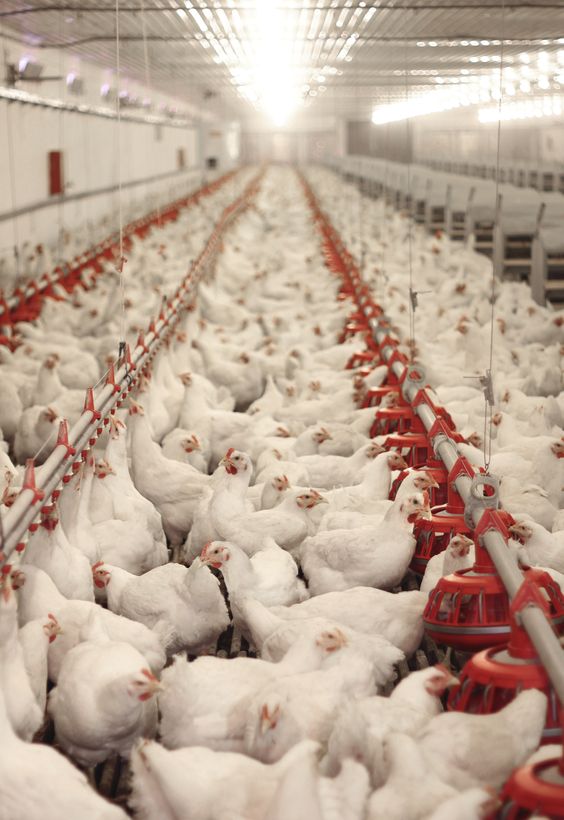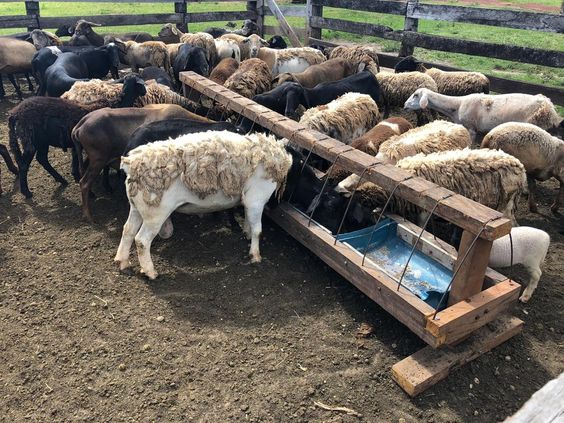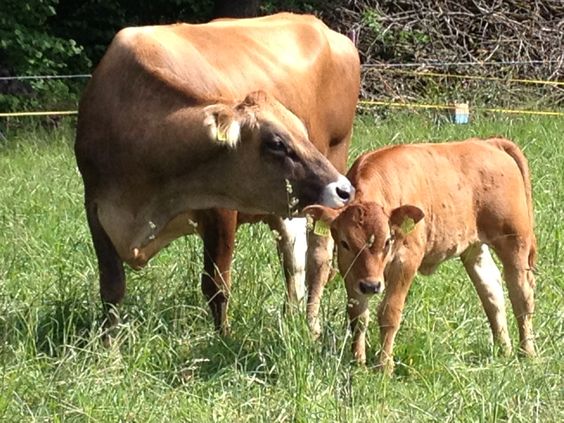Chicken Cultivation Systems: A Comprehensive Overview
Chicken Cultivation Systems, a cornerstone of poultry farming, encompasses a diverse range of systems tailored to varying geographical, economic, and social conditions. These systems are essential for meeting the global demand for poultry products while considering factors such as animal welfare, environmental impact, and economic viability. This article delves into the intricacies of chicken cultivation systems, exploring their benefits, goals, and the factors influencing their selection.
Chicken Cultivation Systems
Chicken cultivation systems can be broadly categorized based on several criteria:
- Housing and Management: This encompasses the type of housing structure, stocking density, and management practices employed.
- Feeding Systems: The methods of providing feed to the chickens, including the type of feed and feeding frequency.
- Environmental Control: The degree to which the environment (temperature, humidity, lighting) is controlled.
Common Chicken Cultivation Systems
- Free-Range System:
- Chickens have unrestricted access to outdoor areas, often with natural vegetation.
- Provides opportunities for natural foraging and exercise.
- Generally considered more humane than intensive systems.
- Can be susceptible to diseases and predators.
- Requires larger land areas and may have lower production efficiency compared to intensive systems.
- Pasture-Raised System:
- Similar to free-range but with more controlled access to outdoor areas.
- Often involves rotational grazing on pastureland.
- Offers benefits of outdoor access while improving biosecurity.
- Requires careful management of pasture and parasite control.
- Cage-Free System:
- Chickens are housed in large, open barns without individual cages.
- Provides more space for movement and natural behaviors compared to caged systems.
- Can lead to higher production efficiency than free-range or pasture-raised systems.
- Requires careful management of litter quality and disease prevention.
- Battery Cage System:
- Chickens are confined to individual wire cages with limited space.
- Maximizes production efficiency and biosecurity.
- Raises concerns about animal welfare due to restricted movement and environmental conditions.
- Has been phased out or restricted in many countries.
- Organic System:
- Emphasizes natural and sustainable practices.
- Chickens have access to outdoor areas and are fed organic feed.
- No antibiotics or synthetic growth promoters are allowed.
- Production costs are generally higher than conventional systems.
Goals of Chicken Cultivation Systems
The primary goals of chicken cultivation systems vary depending on the specific objectives of the producer:
- Meat Production: Focuses on maximizing weight gain and carcass yield.
- Egg Production: Prioritizes egg quantity and quality.
- Broiler Production: Aims to produce fast-growing chickens for meat.
- Layer Production: Concentrates on egg-laying hens.
- Dual-Purpose Production: Balances meat and egg production.
- Animal Welfare: Emphasizes the well-being of the chickens.
- Environmental Sustainability: Minimizes the system’s impact on the environment.
- Economic Viability: Ensures profitability of the operation.
Benefits of Different Chicken Cultivation Systems
Each system offers distinct advantages:
- Free-Range and Pasture-Raised: Improved animal welfare, potential for higher-quality products, and reduced environmental impact.
- Cage-Free: Better animal welfare than battery cages, higher production efficiency, and potential for premium prices.
- Battery Cage: High production efficiency, excellent biosecurity, and consistent product quality.
- Organic: Premium market prices, improved animal welfare, and environmental sustainability.
Factors Influencing System Selection
Several factors influence the choice of chicken cultivation system:
- Market Demand: Consumer preferences for different types of poultry products.
- Economic Considerations: Production costs, feed prices, labor availability, and market prices.
- Environmental Factors: Climate, land availability, and water resources.
- Regulatory Framework: Government regulations and standards for animal welfare and environmental protection.
- Ethical Considerations: Producer’s values and beliefs regarding animal welfare.
Challenges of the Free-Range System
- Predation: Chickens are vulnerable to attacks from predators such as foxes, hawks, and raccoons.
- Disease Transmission: The outdoor environment increases the risk of exposure to pathogens and parasites.
- Production Efficiency: Free-range systems typically have lower production efficiency compared to intensive systems due to factors like weather conditions and predation.
- Economic Viability: Higher production costs, including fencing, labor, and potential losses from predation, can impact profitability.
Best Practices for Free-Range Systems
- Secure Housing: Provide sturdy and predator-proof housing to protect chickens at night and during adverse weather conditions.
- Pasture Management: Rotate pastures to prevent overgrazing and reduce parasite buildup.
- Biosecurity: Implement strict biosecurity measures to minimize the risk of disease outbreaks.
- Predator Control: Employ effective predator control methods, such as fencing, guard dogs, or scaring devices.
- Nutrition: Supplement the chickens’ diet with additional feed to ensure optimal growth and egg production.
The Battery Cage System: A Controversial Practice
Chicken Cultivation Systems,The battery cage system, once a dominant method of chicken production, has faced increasing scrutiny and regulatory restrictions due to concerns over animal welfare. While it offers high production efficiency, it compromises the physical and behavioral needs of chickens.
Characteristics of the Battery Cage System
- Individual Cages: Hens are confined to small, wire-mesh cages that restrict movement.
- High Stocking Density: Cages are often stacked in tiers, maximizing the number of birds per unit of space.
- Mechanized Management: Feeding, egg collection, and waste removal are typically automated.
Advantages of the Battery Cage System
- High Production Efficiency: Optimal conditions for egg laying, resulting in high egg production rates.
- Disease Control: Isolation of birds in individual cages helps prevent the spread of diseases.
- Consistent Product Quality: Controlled environment leads to uniform egg size and quality.
Disadvantages of the Battery Cage System
- Severe Welfare Issues: Restricted movement, lack of environmental enrichment, and social deprivation negatively impact the birds’ physical and mental well-being.
- Bone Health Problems: Limited exercise can lead to bone weakness and fractures.
- Consumer Backlash: Growing public awareness of animal welfare has led to decreased consumer acceptance of cage eggs.






